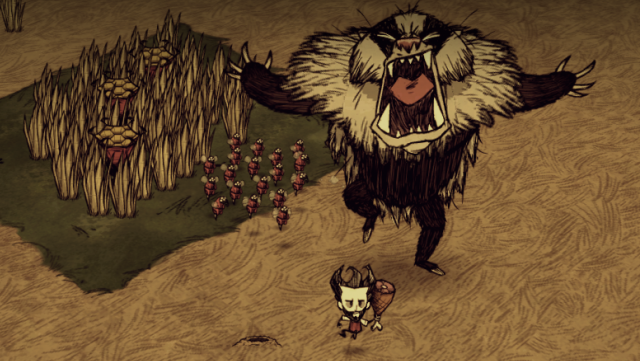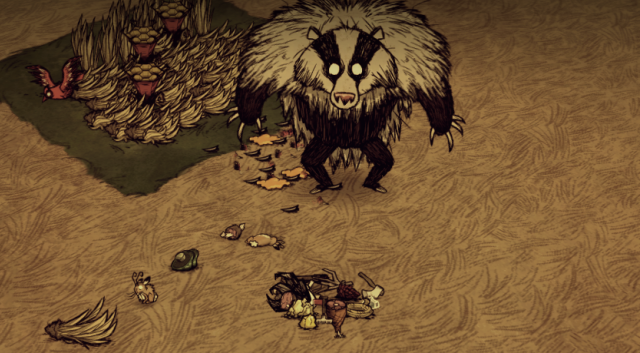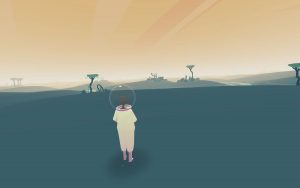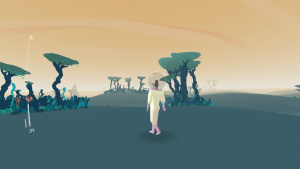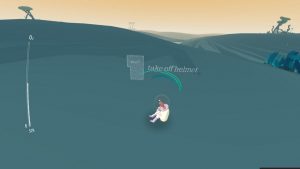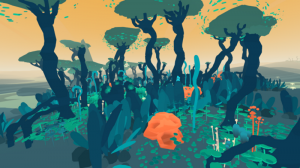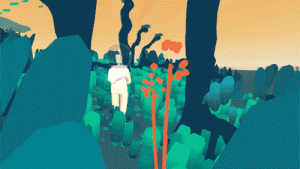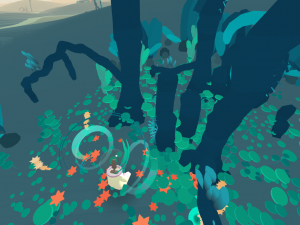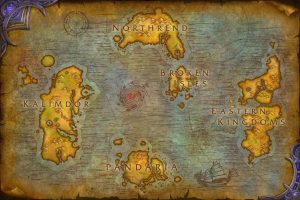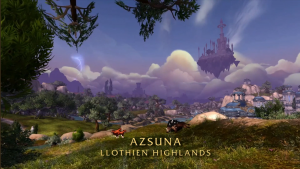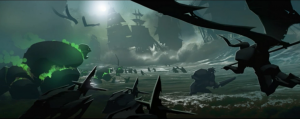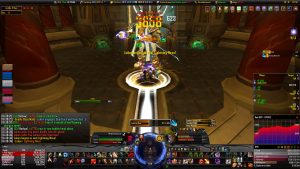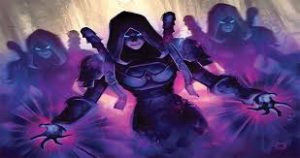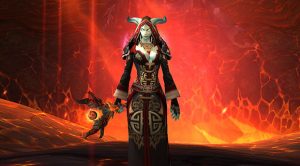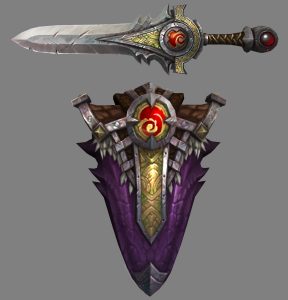
Clash Royale was launched in early 2016 from Supercell. Clash Royale is a brand new, real-time, head-to-head battle game set in the Clash Universe. A breakthrough in the gameplay by adding a real-time strategy, MOBA and cards and other elements, tower defense with live real-time duel 1v1 play become popular around the world.
Website: https://clashroyale.com/
Gameplay: https://www.youtube.com/watch?v=2unwuSrn7Qo
Elemental Tetrad
Aesthetics:
This game have beautiful graphics, especially on the different arena battlefields as players progress further in the game. It is further enhanced with the sound effects unique to each card when they are being played into battle.
Story:
There is no particular story to this game. The developers and the community however, have come up with random short clips every now and then featuring random events of certain card characters which are entertaining to watch.
Mechanics:
The game mechanics is simple. Players will just have to select 8 cards from their card collection to bring into the battle arena. During the real time PvP, the players will have to drop their cards in strategic areas of the battle map and see the character cards attack on their own into the enemy towers while using spell cards to turn the tides of the battle. The rules of this game is simply to destroy more opponent’s towers or the king tower to win the game and earn rewards to further upgrade the cards.
Technology:
The gameplay consists of real-time strategy, MOBA, cards and tower defense with live real-time duel 1v1 which are favourable to the majority, leading to its success in the mobile gaming industry.
Lens of Emotion
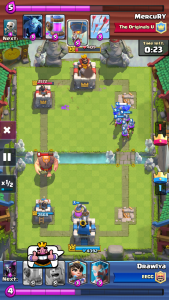
One of Clash Royale core designing principles is to evoke strong emotions, be it positive or negative. Aside from some cards such as X-bow and sparky that will invoke strong emotions in players during the game, the game allow the use of emoticons to taunt or to show sportsmanship depending on how a player uses it. Such strong emotions that players feel during the battle can affect their performance. Often, players who receive negative emotions from being taunted and losing will become more impatient in subsequent battles leading to more poor decisions and misplays, hence losing more battles before closing the game to cool off.
Emotes are also an important reminder that players facing another human being, be it a friendly one or a taunting rival, but there is definitely a person at the other end of the Arena and not a robot.
Lens of Reward
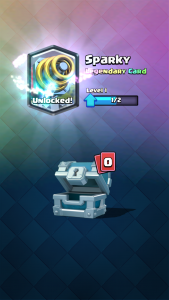
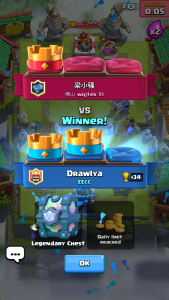
Clash Royale offers a reward system to help players build up their deck of cards to advance further in the game. The rewards do get better in quantity and quality so that players are motivated to play more games in order to achieve better rewards. The chest rewards also come with a countdown timer so that players will have to wait patiently, building suspense and excitement of getting a rare card as well as a cool down time so that players will not get bored of the game too soon.
Lens of Competition
Clash Royale core design is to bring out the competitive spirit in players. Every player will have trophy points that reflect their global or local rankings in the game to show others how skillful they are, however players can spend cash to give a great advantage in the game and rise quickly in the rankings which is a downside in the game as it does not really reflect on how good they are in the game.
Every battle players will battle it out with each other, the winner will be rewarded with chest and trophy points while the loser will be punished will a drop in trophy points. This creates a fierce competition as no players will want to lose their hard earned trophy points they had obtained from their previous victories.
There is also a tournament mode in the game that allows player to join with limited capacity and battle it out for an hour. only the top few players in the tournament will get rewarded with cards while the rest go empty handed. The tournament is a fair play as compared to the normal ladder matches as the cards level are standardised to the tournament standard.
Lens of Skill
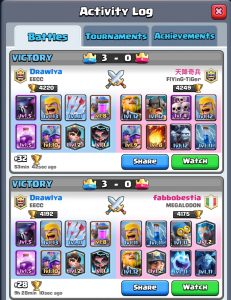
More practice in the game of Cash Royale does improve the skill of a player as the player gets more comfortable with his/her strategy with a deck of 8 cards to bring into battle. In some cases of a skilled player, even with a deck of lower level cards they are able to defeat opponents that are supposedly more advantageous. In fair tournament battles a skillful player will be able to shine and come out as the top few even with low trophy ratings.
Lens of Spectation
Clash Royale offers live spectator mode for players to spectate one another. Players are also able to post replays of recent battles to the clan for their clan mates to view. There is also TV royale for players to view recent matches of top players or interesting battles in each arena level. This game is spectator worthy as players may want to try out new decks from top players or cheering on for their friends that are currently in battle to evoke more emotions during a battle. There are many players that stream their games to viewers in Cash Royale and post videos on how to handle certain popular cards or decks.

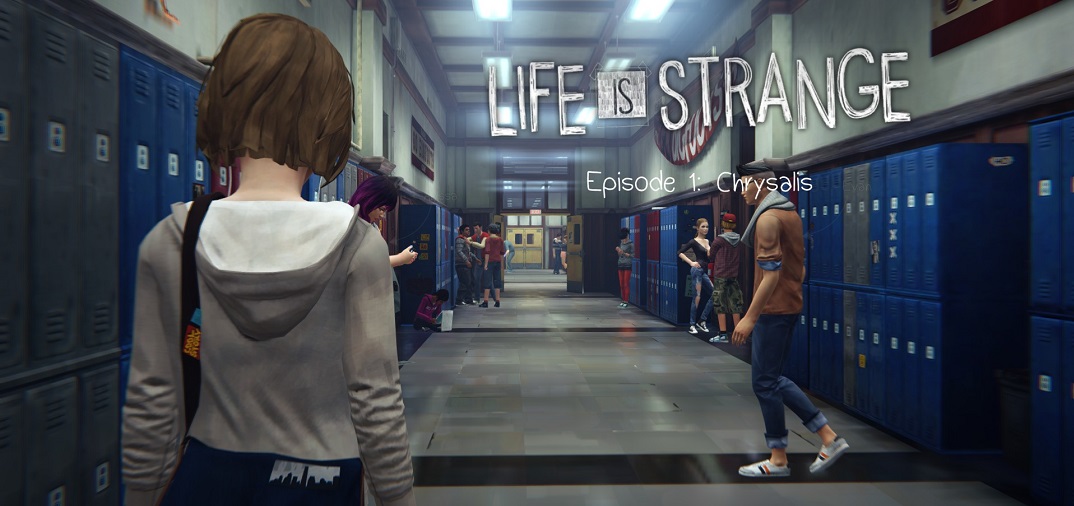

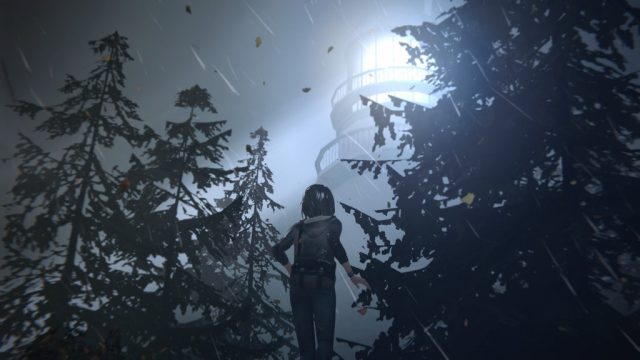
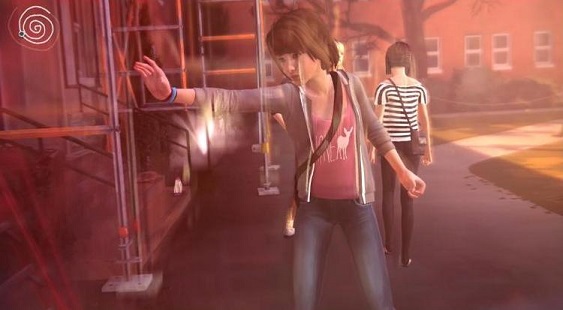
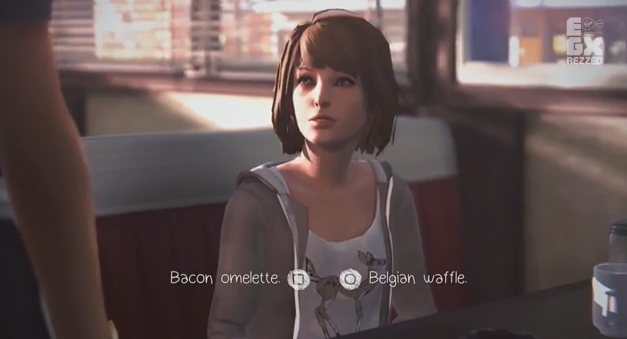
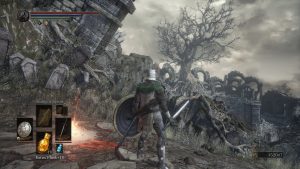
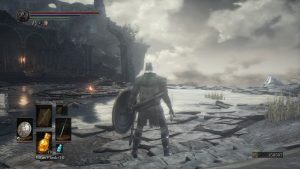

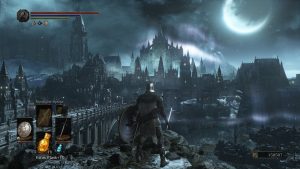

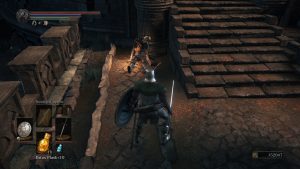
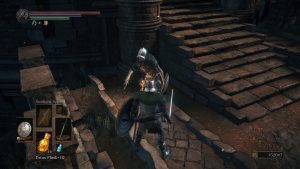
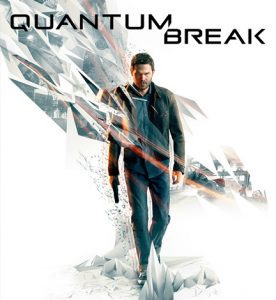
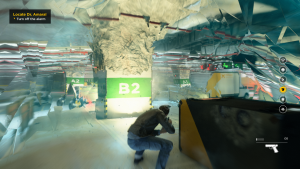

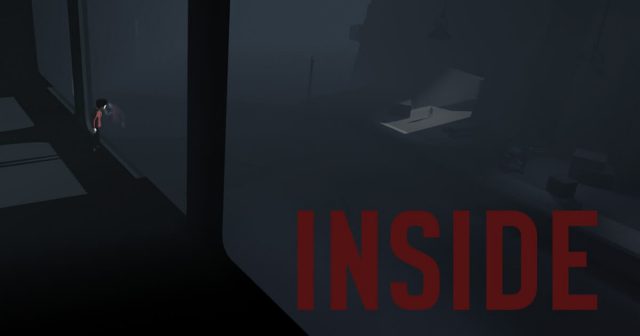
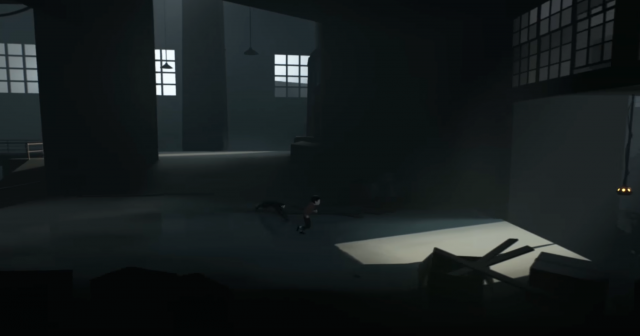
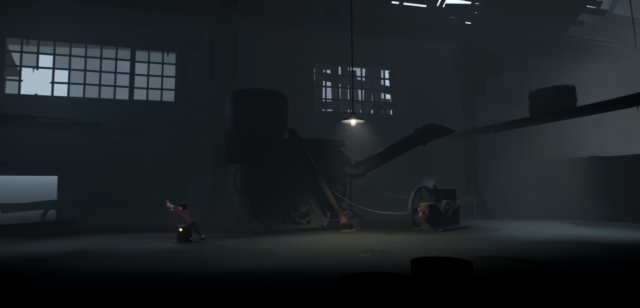
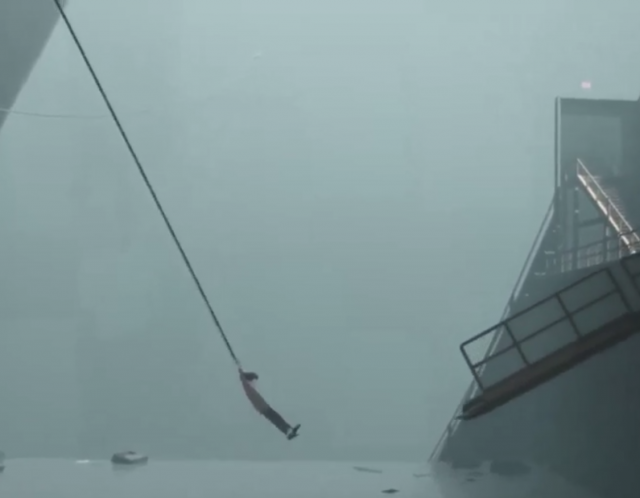
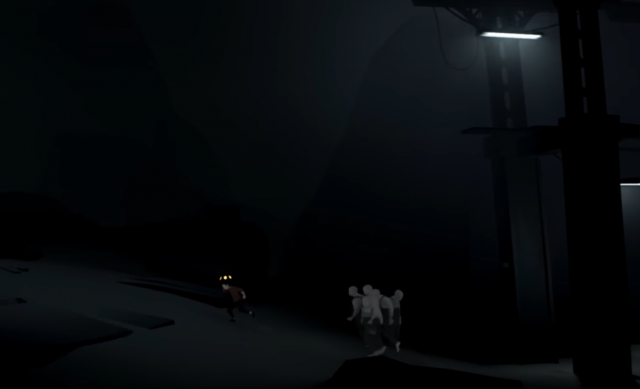

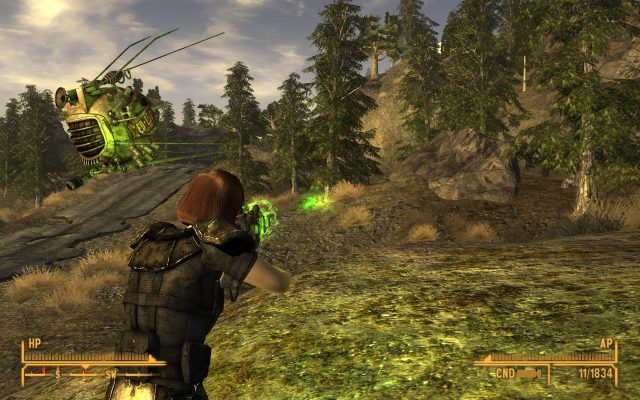
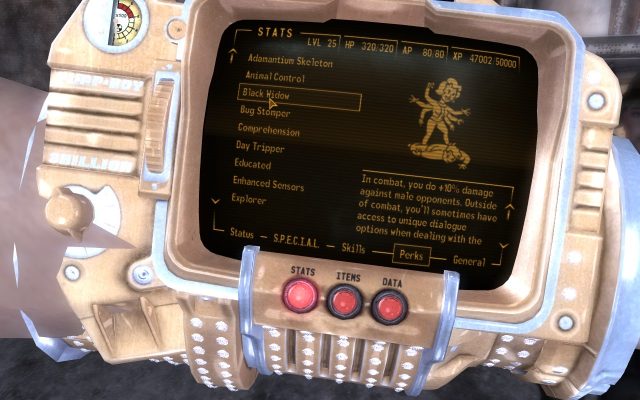
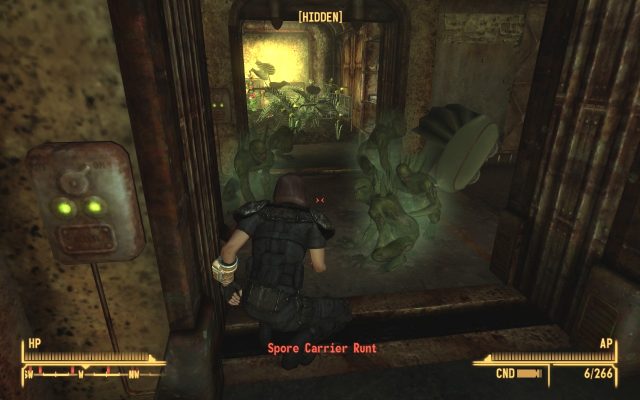


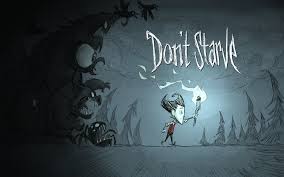
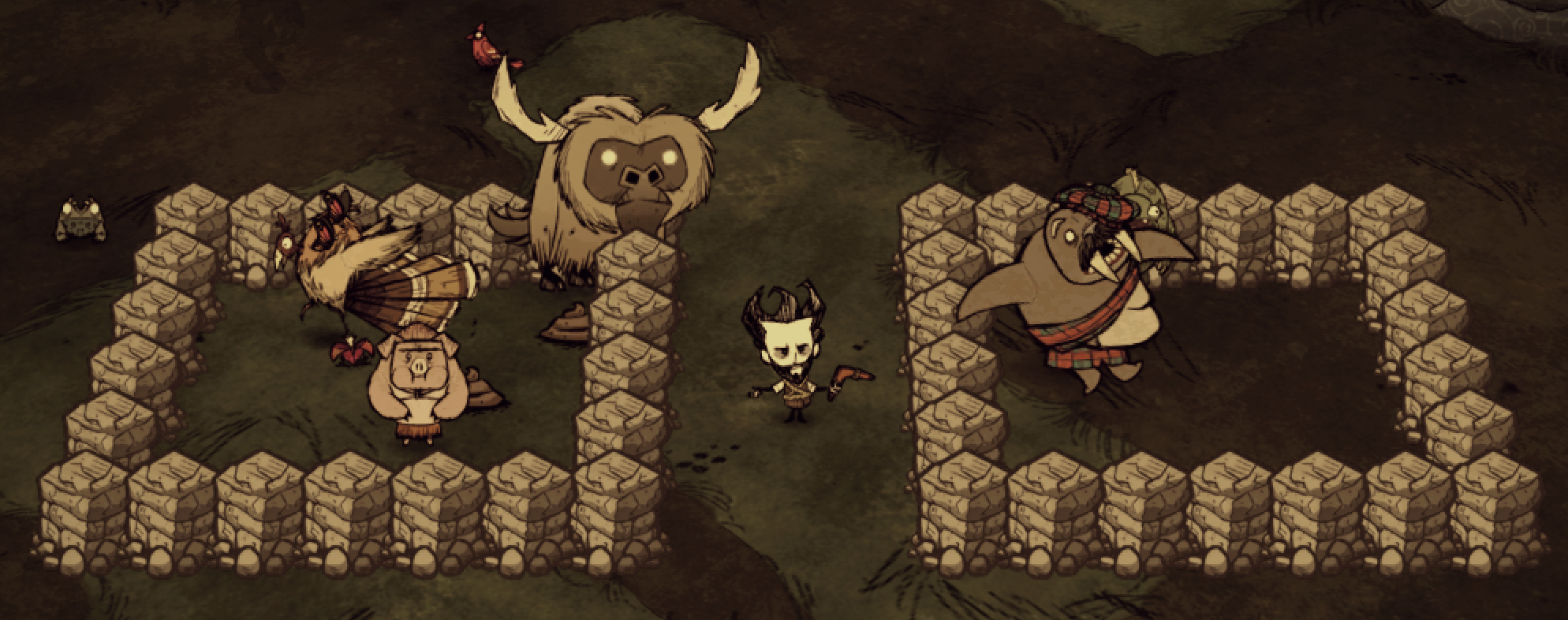
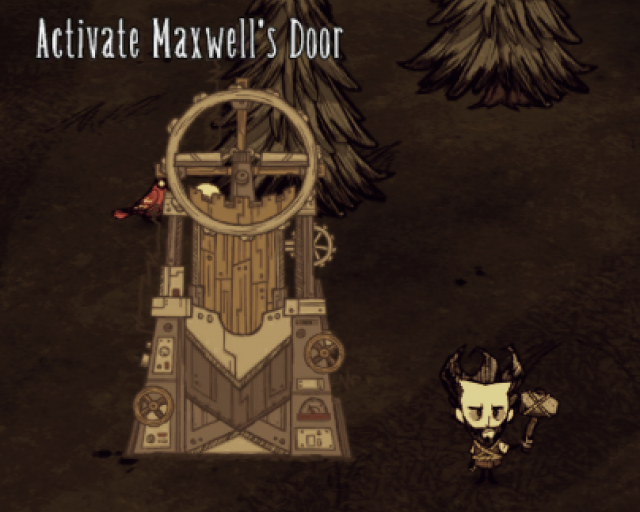
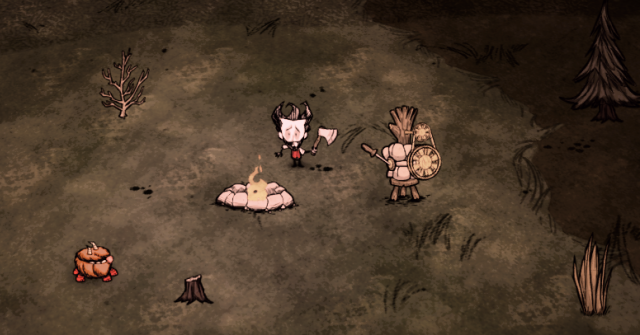
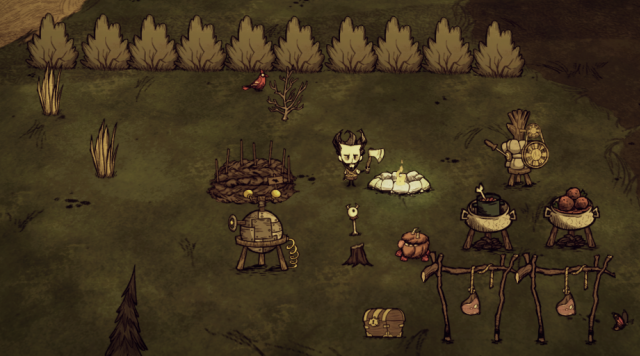
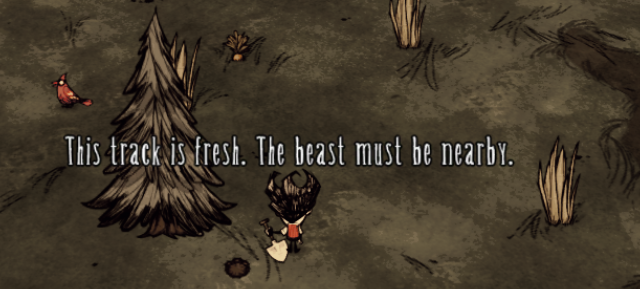
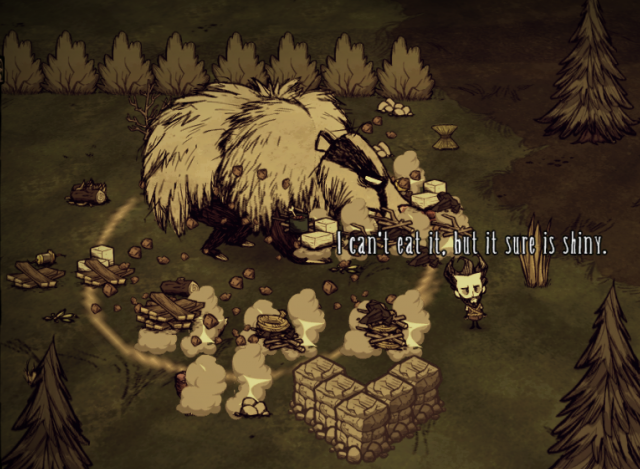 In this picture, my base just got destroyed by a Bearger.
In this picture, my base just got destroyed by a Bearger.